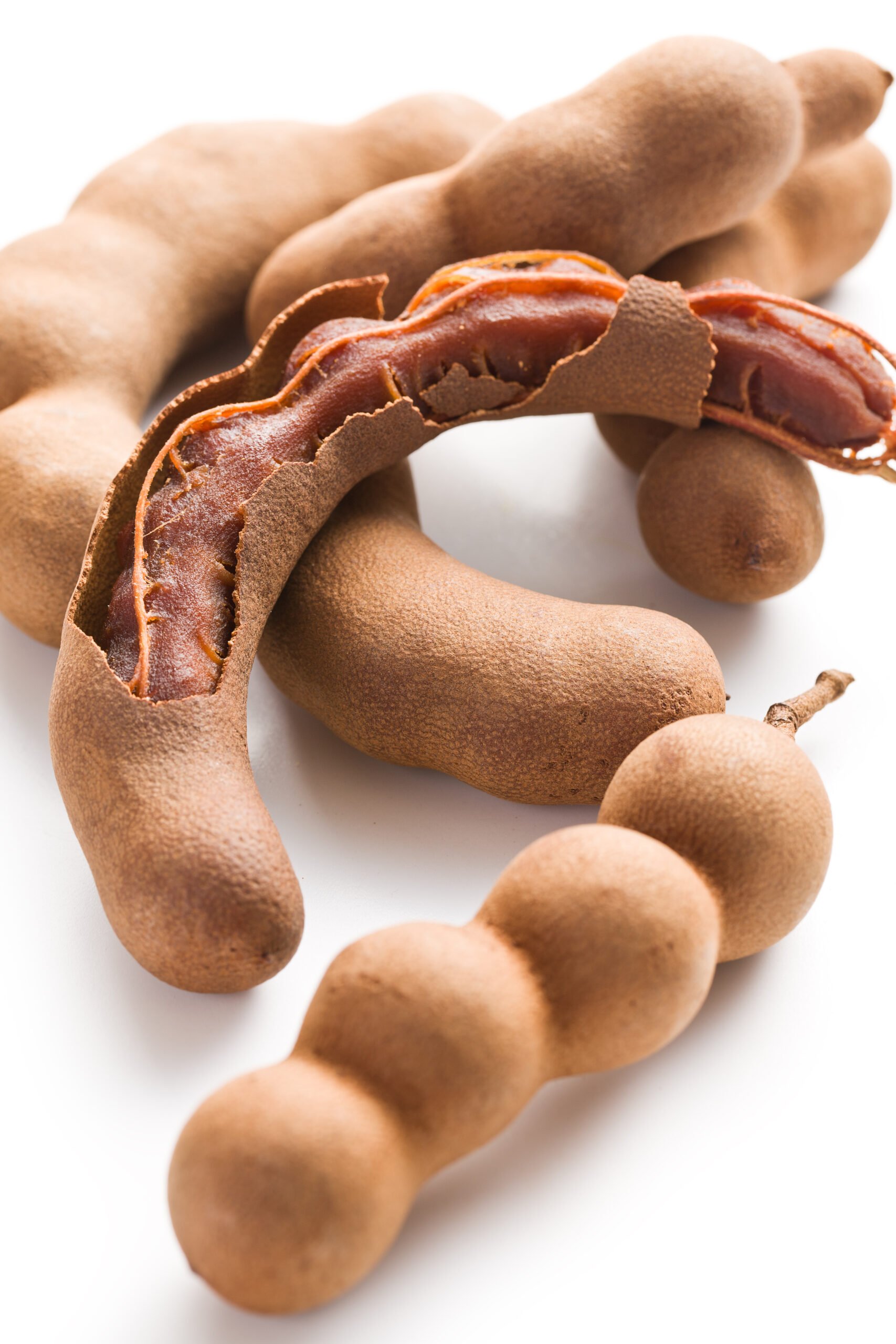
Tamarind is one of those ingredients that instantly wakes up a dish with its bright, tangy flavor. Whether you’ve tasted it in chutneys, curries or refreshing drinks, it has a way of making food more vibrant. If you’re curious to learn more about where tamarind comes from and how to use it, you’re in the right place.
What Exactly Is Tamarind?
Tamarind is a tropical fruit, not a spice, belongs to the pea family. It grows in long brown pods, with a sticky pulp inside that delivers its bold, tangy flavor. Once processed, that pulp becomes a kitchen staple across Indian cuisine.
Quick Facts About Tamarind
- What it is: Tangy-sweet pulp from the pod of the tamarind tree, used fresh or as a concentrate
- Flavor: Sour, fruity, with sweet and tangy notes
- Best in: Chutneys, sambar, curries, drinks, marinades, and global sauces like Worcestershire
- Forms: Fresh pods, pressed blocks, paste, or concentrate
- Storage: Tamarind paste keeps in the fridge for months; blocks and pods last longer in a cool, dry place
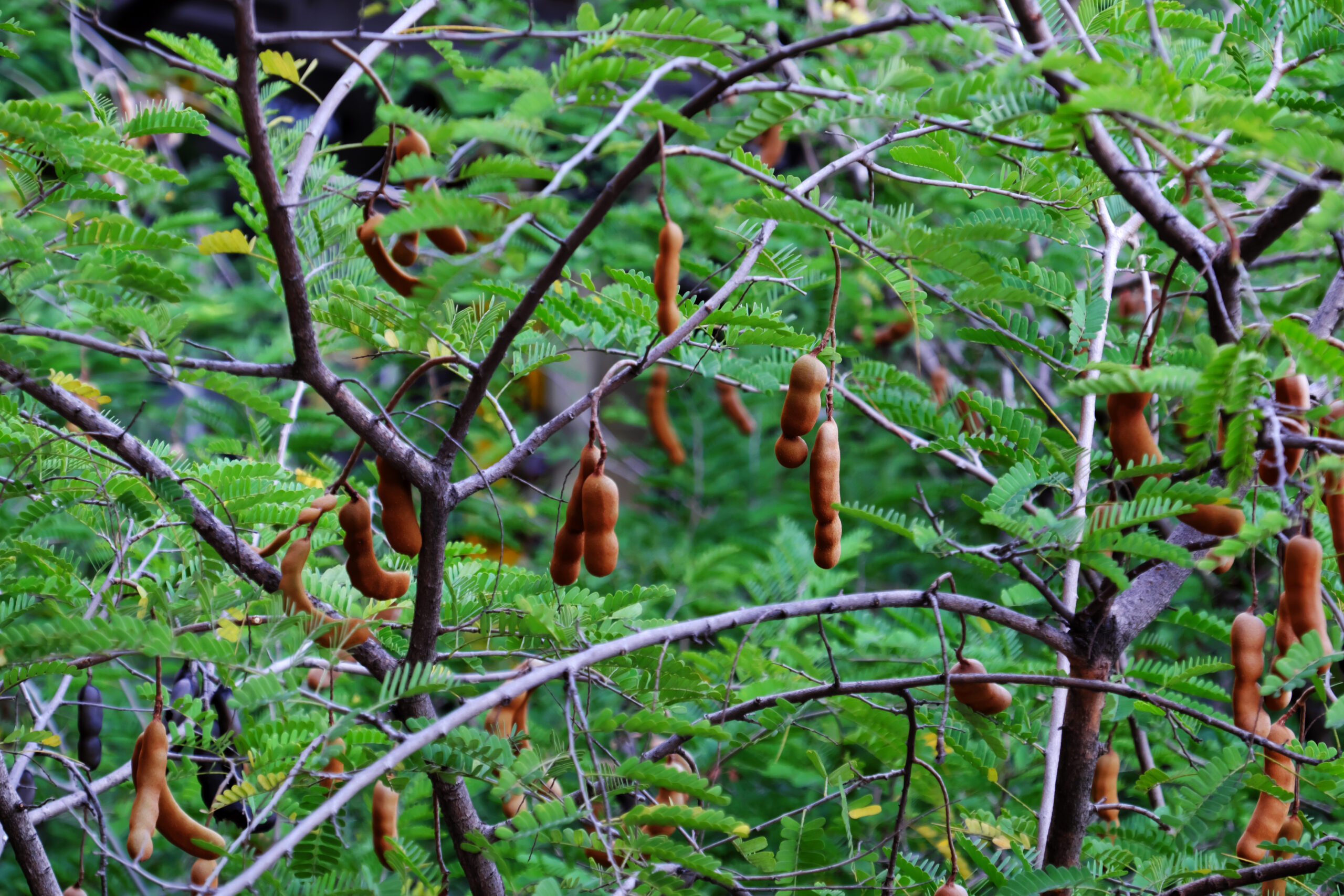 Tamarind is a tropical tree that produces long, pod-like fruits filled with sticky, tangy pulp. It grows widely in southern and central India, especially in states like Tamil Nadu, Karnataka, and Andhra Pradesh. Once native to Africa, tamarind made its way to India centuries ago and became a staple in both cooking and trade across the subcontinent.
Tamarind is a tropical tree that produces long, pod-like fruits filled with sticky, tangy pulp. It grows widely in southern and central India, especially in states like Tamil Nadu, Karnataka, and Andhra Pradesh. Once native to Africa, tamarind made its way to India centuries ago and became a staple in both cooking and trade across the subcontinent.
What Forms You’ll Find It In?
You’ll usually find tamarind in four forms:
- Whole Pods: Dried and natural but require soaking and straining.
- Pulp Blocks: Pure and strong in flavor. Soak in warm water, then strain.
- Paste: Easiest to use—no prep needed. Great for beginners.
- Concentrate: Very potent. Just a drop or two is enough, but flavor can be flat.
Easy Ways to Use Tamarind at Home
- Tamarind Water:
Soak pulp or a chunk of block in warm water, mash gently, and strain. This is your base for rasam, sambar, or chaat water. - Tamarind-Date Chutney:
Mix tamarind paste with jaggery (or dates), roasted cumin, and black salt. Simmer until thick—perfect with samosas or pakoras. - Tamarind in Curries:
Add a spoonful of paste to coconut-based curries or dal for that signature tang. Start small and taste as you go. - Tamarind Marinade:
Combine tamarind with garlic, chili, soy sauce, and a little sugar—it makes a great glaze for tofu, fish or grilled veggies. - Tamarind Cooler (Imli Sharbat):
Mix tamarind paste with cold water, jaggery, black salt, and a pinch of cumin. Chill and serve on hot days.
What It Tastes Like?
Tamarind is bold, tangy and slightly sweet—like a mix of lemon, dates, and molasses. It starts sharp but mellows beautifully in cooked dishes, adding depth without overpowering.
Flavor by form:
- Pulp/block: Deep and earthy
- Paste: Smooth and balanced
- Concentrate: Intense, sometimes bitter
Potential Health Benefits
May helps with Digestion
Tamarind has natural acids and enzymes that can gently stimulate digestion. That’s why you’ll often find it in chutneys or coolers served after a heavy meal—it helps your stomach settle (Source).
Packed with Antioxidants
Rich in polyphenols, tamarind may help reduce inflammation and protect your cells from oxidative stress. It’s a small ingredient with some big behind-the-scenes benefits (Source).
May Support Blood Sugar Balance
Some studies suggest tamarind might help manage blood sugar levels, especially when paired with fiber-rich foods like lentils or legumes. It’s no miracle cure, but it doesn’t hurt to have a little smart sourness in your diet (Source).
Cooling in Hot Weather
In Ayurveda, tamarind is seen as a natural coolant. It’s often used in summer drinks and light meals to bring the body’s heat down—especially in hot, humid regions (Source).
How to Store It
- Paste: Store in the fridge for up to 3–4 weeks. For longer use, freeze in ice cube trays.
- Block (Pulp): Keep tightly wrapped in a cool, dry place. Refrigerate if soaked.
- Concentrate: Refrigerate after opening; lasts for months if sealed well.
- Whole Pods: Store in an airtight container in a dry pantry.
Tamarind Substitutes
- Lemon or Lime Juice + Sugar: 1 tablespoon juice + ½ teaspoon sugar. Quick and easy for curries.
- Vinegar + Brown Sugar: 1 tablespoon vinegar + 1 teaspoon sugar for chutneys or sauces.
- Amchur (Dry Mango Powder): Sharp and tangy; great for chaats.
- Pomegranate Molasses: Fruity and sour—best for marinades.
- Kokum: Sour and earthy; ideal for coastal-style dishes.
Use sparingly and adjust to taste—none are exact matches, but they work in a pinch.
Quick Tips to Get the Best Out of Tamarind
- Add it last: Tamarind loses its sharpness if overcooked. Stir it in near the end for the best flavor.
- Start small: It’s strong—begin with a small amount and adjust as you taste.
- Strain your pulp: If using soaked pulp, always strain it to avoid seeds and fibers.
- Always check for changes in smell, color, or mold. Tamarind should smell fruity and sour—not fermented or musty.
- Balance the sour: Too tangy? Add a pinch of jaggery or sugar to smooth it out.
A Few Cautions
- It’s acidic: Tamarind can trigger acid reflux or irritate sensitive teeth if overused.
- Check the label if you’re diabetic: Some tamarind pastes and concentrates contain added sugars. Look for unsweetened or pure tamarind to avoid hidden carbs.
- Watch the balance: Too much tamarind can overpower a dish. Always taste and adjust as you go.
- Allergy alert: Though rare, tamarind allergies do exist. If you’re new to it, start with small amounts.
Final Thoughts
Whether you’re adding a splash of tang to a curry or stirring it into a sweet chutney, tamarind has a way of bringing dishes to life. It’s one of those ingredients that feels both familiar and surprising at the same time. If you haven’t cooked with it yet, give it a try—you might find it becomes a staple in your kitchen.
FAQs
Is tamarind a fruit or a spice?
It’s a fruit! Tamarind comes from a pod on a tropical tree. The sticky pulp inside is what’s used in cooking.
Can I eat tamarind raw?
Yes—but it’s very sour. Some people snack on the fresh pulp with a pinch of salt or sugar, but most use it in cooked dishes or drinks.
What’s the best form for beginners?
Tamarind paste. It’s ready to use, no soaking or straining needed.
How much tamarind should I use in a dish?
Start small—½ teaspoon of paste is usually enough. You can always add more, but it’s hard to fix if you overdo it.
How long does tamarind last?
Paste lasts weeks in the fridge, and blocks or concentrate can keep for months if stored properly. Always keep it sealed and dry.
Is tamarind healthy?
Yes, in moderation. It’s good for digestion, rich in antioxidants, and helps balance heavy meals.
Learn More About Tamarind
Wikipedia – Tamarind
A detailed overview covering the history, botanical background, culinary uses, cultivation, and cultural significance of tamarind.
Read on Wikipedia
Healthline – Why Tamarind Is the Secret Weapon of My Kitchen
A short, engaging article explaining what tamarind is, how to use it, its nutritional value, and potential health benefits.
Read on Healthline
5 Reasons to Try Tamarind – Cleveland Clinic
An evidence-based look at tamarind’s antioxidant properties, digestive benefits, and ways to include it in your diet.
Read on Cleveland Clinic


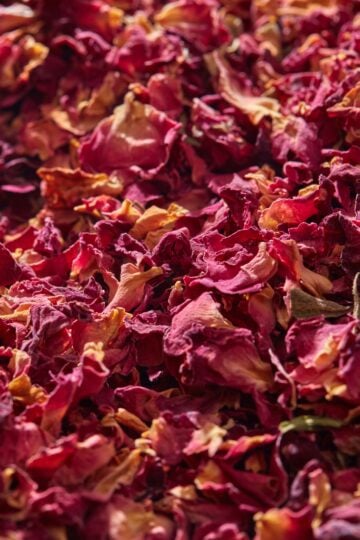
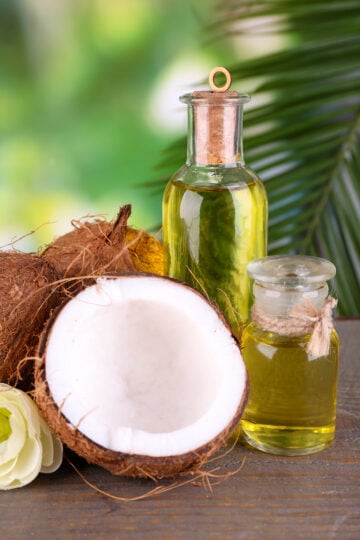
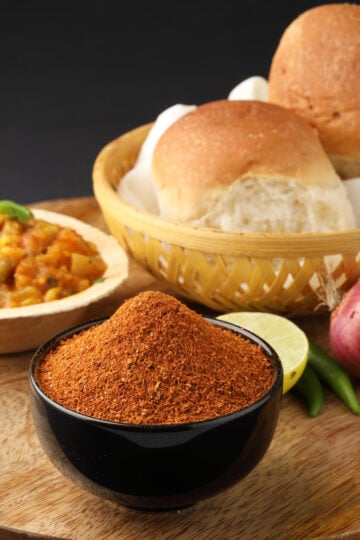
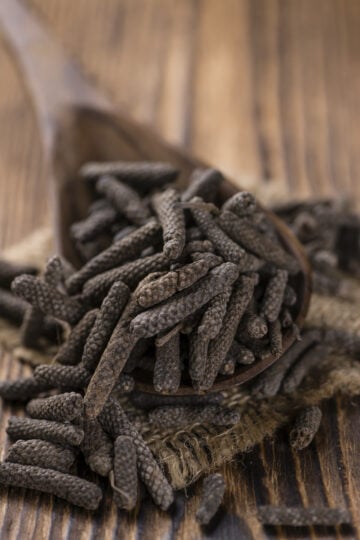
Have a question or something to share? Leave a comment below!